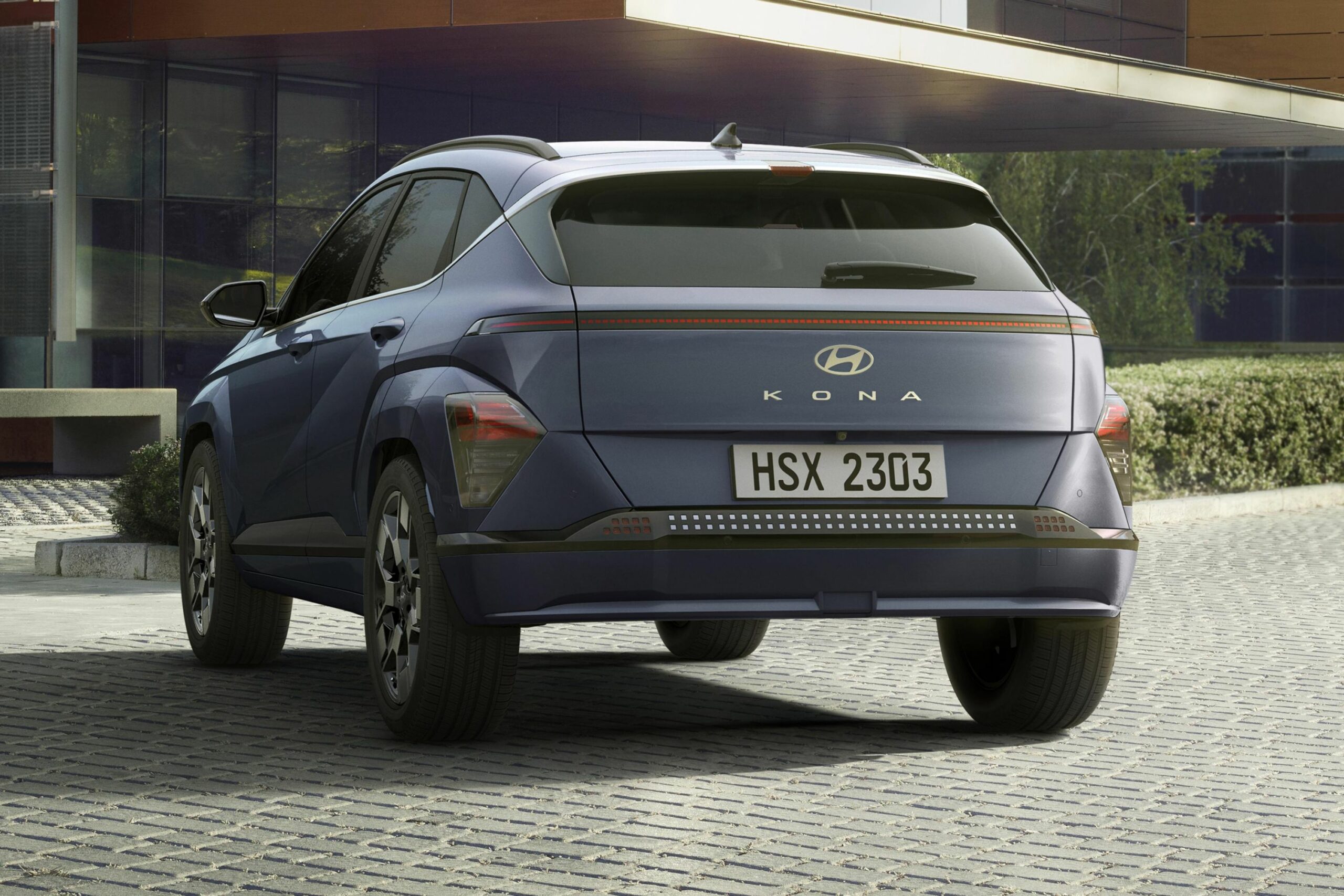When you think of Hyundai, images of sleek sedans and muscular SUVs might come to mind. But have you ever wondered about the origins of the vehicles you see on the roads? Unraveling the tapestry of Hyundai manufacturing reveals a fascinating narrative that extends well beyond a single location, inviting a deeper appreciation for how these automobiles come to life. This exploration not only shifts the perspective on where Hyundai cars are produced but also piques curiosity about the brand’s global footprint.
Hyundai, a South Korean automotive giant, has established an intricate web of manufacturing facilities across the globe. The story begins in its home country, South Korea, where Hyundai’s primary production facilities are located in Ulsan, Asan, and Jeonju. The Ulsan plant, in particular, stands as one of the largest automotive production complexes in the world. Spanning over 5.1 million square meters, it has the capacity to produce more than 1.5 million vehicles annually, showcasing the brand’s commitment to efficiency and innovation.
But the Ulsan plant is just the tip of the iceberg. Hyundai has successfully expanded its manufacturing capabilities internationally, reflecting a strategic approach to reach diverse markets and fulfill varying consumer needs. One of their notable plants is nestled in Montgomery, Alabama, which commenced operations in 2005. This facility not only bolsters Hyundai’s presence in the United States but also caters to the growing demand for their popular models such as the Sonata and Santa Fe. The value of local production cannot be understated; it allows Hyundai to be more responsive to American consumer trends while significantly reducing shipping costs.
In addition to the United States, Hyundai has also established assembly plants in regions like China, India, and Indonesia. The plant in Chengdu, China, for instance, capitalizes on the rapidly expanding automotive market in Asia. This facility primarily focuses on producing vehicles tailored to the Chinese consumer, blending local preferences with Hyundai’s engineering prowess. Similarly, in India, the Chennai plant has emerged as a focal point for the production of models like the Creta and Venue, emphasizing the company’s intent to capture the burgeoning SUV segment in the region.
The allure of Hyundai’s global manufacturing strategy lies in its adaptability. By situating production facilities in different continents, Hyundai can circumvent the pitfalls of tariffs and logistical challenges, enabling a swift response to shifting market demands. For instance, the automaker can quickly pivot in production focus should consumer preferences lean towards sedans in one locale while favoring SUVs in another. This duality not only showcases Hyundai’s agility but also reinforces its commitment to sustainability, as local production tends to minimize carbon footprints associated with transportation.
While we delve into the specifics of Hyundai’s manufacturing locations, it’s essential to recognize the company’s investment in technology and innovation. Hyundai has made significant strides in modernizing its production lines. Utilizing cutting-edge robotics and automation has enhanced not only efficiency but also precision in manufacturing processes. The integration of Industry 4.0 technologies enables real-time data collection and analysis, transforming how each vehicle is assembled while maintaining high-quality standards. This continuous improvement ethos manifests in the vehicles that eventually hit the market, blending performance, safety, and technology.
Moreover, Hyundai’s commitment to eco-friendly practices is evident in its manufacturing processes. Many of its facilities are now incorporating sustainable practices, from water recycling systems to solar energy utilization. The emphasis on producing Hybrid Electric Vehicles (HEVs) and Battery Electric Vehicles (BEVs) is a testament to the brand’s forward-thinking vision. This not only addresses the pressing concerns of climate change but also aligns with the shifting global automotive landscape towards greener alternatives.
As we traverse through the intricacies of Hyundai manufacturing, it is impossible to overlook the brand’s staunch commitment to achieving and maintaining high safety standards. Each vehicle produced is subject to rigorous testing procedures, ensuring reliability and durability. The attention to detail in manufacturing doesn’t just reflect quality; it speaks volumes about Hyundai’s dedication to safeguarding its customers.
The intriguing journey of Hyundai vehicles from manufacturing plants to the open road embodies a story of innovation, adaptation, and sustainability. Hyundai cars are not mere products; they are the by-products of a myriad of factors—geography, culture, technology, and consumer expectations. Each car built encapsulates a global collaborative effort, from designers and engineers working at the headquarters in South Korea to assembly line workers in distant manufacturing plants.
In conclusion, examining the question “Where are Hyundai cars made?” opens a fascinating exploration into the brand’s manufacturing roots that extend far beyond the confines of South Korea. With an expansive network of facilities worldwide and a relentless pursuit of innovation and quality, Hyundai continues to redefine automotive manufacturing. The story of Hyundai is ultimately a testament to globalization, reflecting how interconnected our world has become in producing the cars that drive our daily lives. So the next time you see a Hyundai on the road, take a moment to appreciate the global narrative that brought that vehicle to your neighborhood.
